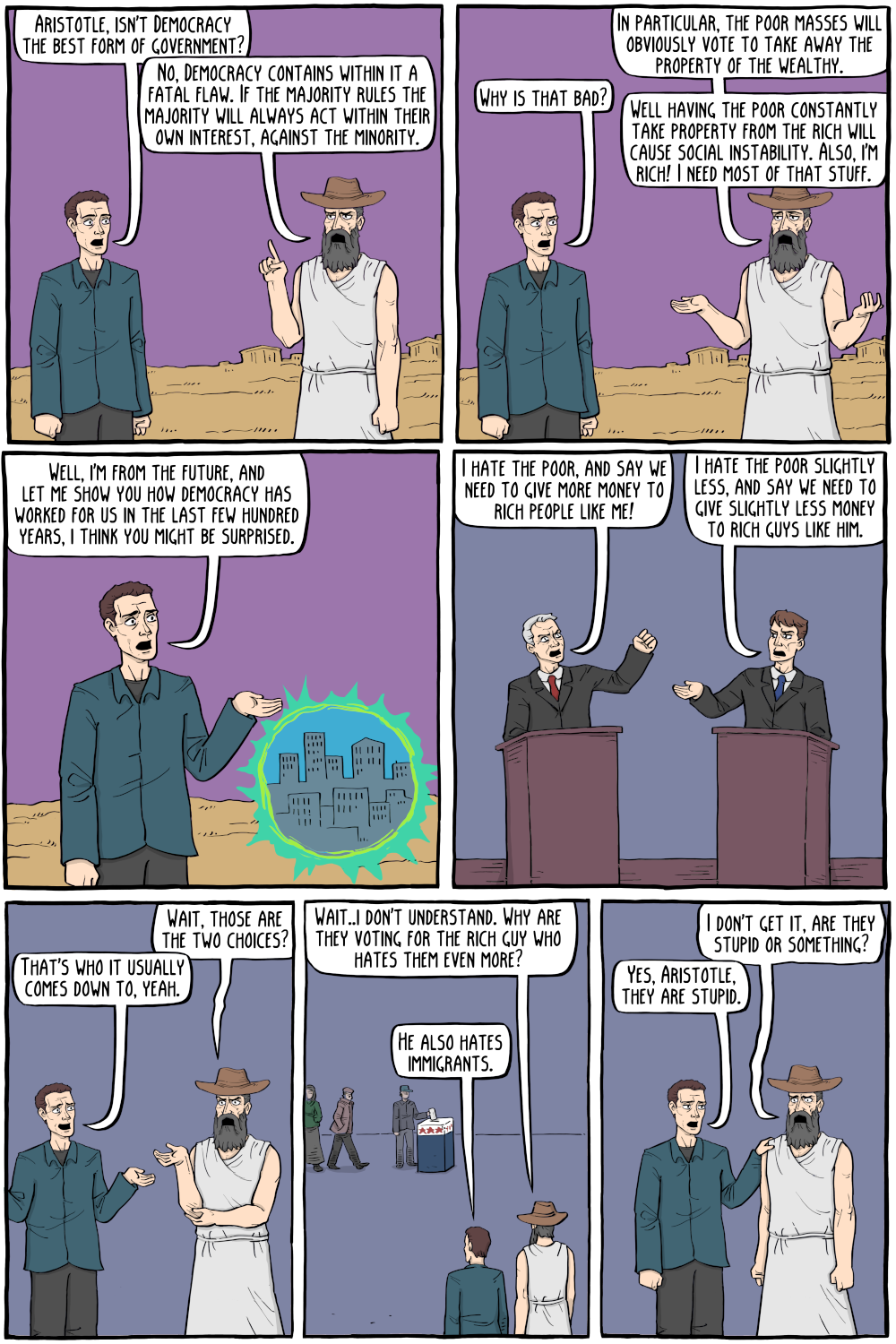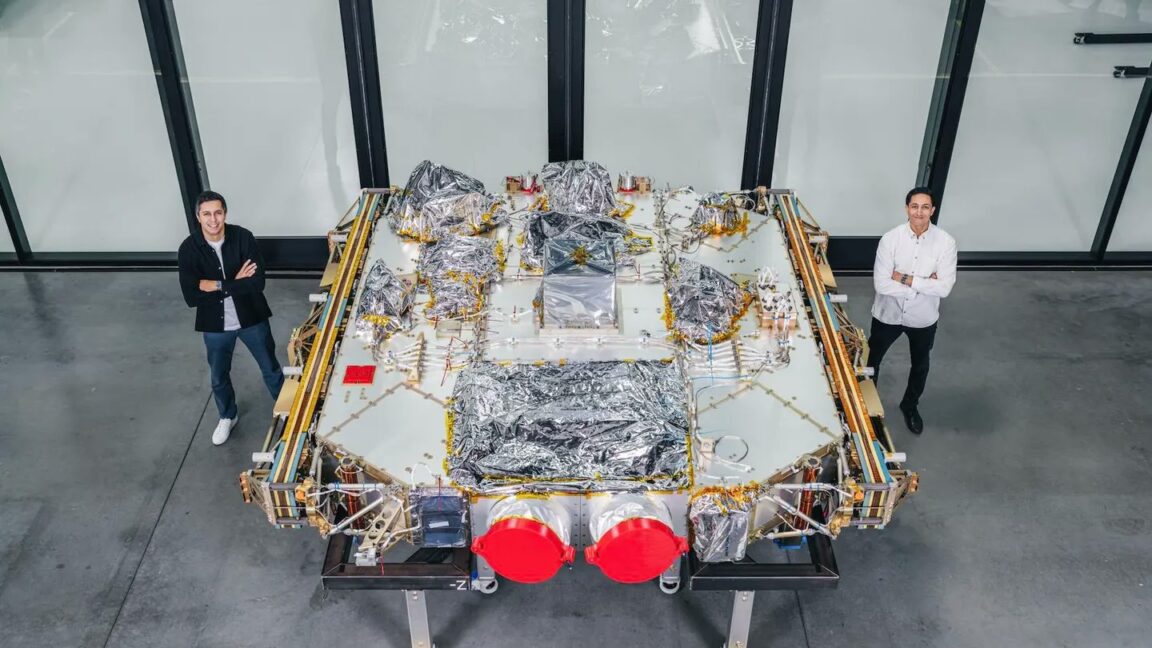Texas Attorney General Ken Paxton sued five large TV manufacturers yesterday, alleging that their smart TVs spy on viewers without consent. Paxton sued Samsung, the longtime TV market share leader, along with LG, Sony, Hisense, and TCL.
“These companies have been unlawfully collecting personal data through Automated Content Recognition (‘ACR’) technology,” Paxton’s office alleged in a press release that contains links to all five lawsuits. “ACR in its simplest terms is an uninvited, invisible digital invader. This software can capture screenshots of a user’s television display every 500 milliseconds, monitor viewing activity in real time, and transmit that information back to the company without the user’s knowledge or consent. The companies then sell that consumer information to target ads across platforms for a profit. This technology puts users’ privacy and sensitive information, such as passwords, bank information, and other personal information at risk.”
The lawsuits allege violations of the Texas Deceptive Trade Practices Act, seeking damages of up to $10,000 for each violation and up to $250,000 for each violation affecting people 65 years or older. Texas also wants restraining orders prohibiting the collection, sharing, and selling of ACR data while the lawsuits are pending.
Texas argues that providing personalized content and targeted advertising are not legitimate purposes for collecting ACR data about consumers. The companies’ “insatiable appetite for consumer data far exceeds what is reasonably necessary,” and the “invasive data harvesting is only needed to increase advertisement revenue, which does not satisfy a consumer-necessity standard,” the lawsuits say.
Paxton is far from the first person to raise privacy concerns about smart TVs. The Center for Digital Democracy advocacy group said in a report last year that in “the world of connected TV, viewer surveillance is now built directly into the television set, making manufacturers central players in data collection, monitoring, and digital marketing.” We recently published a guide on how to break free from smart TV ads and tracking.
“Companies using ACR claim that it is all opt-in data, with permission required to use it,” the Center for Digital Democracy report said. “But the ACR system is bundled into new TVs as part of the initial set-up, and its extensive role in monitoring and sharing viewer actions is not fully explained. As a consequence, most consumers would be unaware of the threats and risks involved in signing up for the service.”
“Mass surveillance system” in US living rooms
Pointing out that Hisense and TCL are based in China, Paxton’s press release said the firms’ “Chinese ties pose serious concerns about consumer data harvesting and are exacerbated by China’s National Security Law, which gives its government the capability to get its hands on US consumer data.”
“Companies, especially those connected to the Chinese Communist Party, have no business illegally recording Americans’ devices inside their own homes,” Paxton said. “This conduct is invasive, deceptive, and unlawful. The fundamental right to privacy will be protected in Texas because owning a television does not mean surrendering your personal information to Big Tech or foreign adversaries.”
The Paxton lawsuits, filed in district courts in several Texas counties, are identical in many respects. The complaints allege that TVs made by the five companies “aren’t just entertainment devices—they’re a mass surveillance system sitting in millions of American living rooms. What consumers were told would enhance their viewing experience actually tracks, analyzes, and sells intimate details about everything they watch.”
Using ACR, each company “secretly monitors what consumers watch across streaming apps, cable, and even connected devices like gaming consoles or Blu-ray players,” and harvests the data to build profiles of consumer behavior and sell the data for profit, the complaints say.
We contacted the five companies sued by Texas today. Sony, LG, and Hisense responded and said they would not comment on a pending legal matter.
Difficult opt-out processes detailed
The complaints allege that the companies fail to obtain meaningful consent from users. The following excerpt is from the Samsung lawsuit but is repeated almost verbatim in the others:
Consumers never agreed to Samsung Watchware. When families buy a television, they don’t expect it to spy on them. They don’t expect their viewing habits packaged and auctioned to advertisers. Yet Samsung deceptively guides consumers to activate ACR and buries any explanation of what that means in dense legal jargon that few will read or understand. The so-called “consent” Samsung obtains is meaningless. Disclosures are hidden, vague, and misleading. The company collects far more data than necessary to make the TV work. Consumers are stripped of real choice and kept in the dark about what’s happening in their own homes on Samsung Smart TVs.
Samsung and other companies force consumers to go through multistep menus to exercise their privacy choices, Texas said. “Consumers must circumnavigate a long, non-intuitive path to exercise their right to opt-out,” the Samsung lawsuit said. This involves selecting menu choices for Settings, Additional Settings, General Privacy, Terms & Privacy, Viewing Information Services, and, finally, “Disable,” the lawsuit said. There are “additional toggles for Interest-Based Ads, Ad Personalization, and Privacy Choices,” the lawsuit said.
The “privacy choices are not meaningful because opt-out rights are scattered across four or more separate menus which requires approximately 15+ clicks,” the lawsuit continued. “To fully opt-out of ACR and related ad tracking on Samsung Smart TVs, consumers must disable at least two settings: (1) Viewing Information Services, and (2) Interest-Based Ads. Each of which appear in different parts of the setting UI. Conversely, Samsung provides consumers with a one-click enrollment option to opt-in during the initial start-up process.”
When consumers first start up a Samsung smart TV, they “must click through a multipage onboarding flow before landing on a consent screen, titled Smart Hub Terms & Conditions,” the lawsuit said. “Upon finally reaching the consent screen, consumers are presented with four notices: Terms & Conditions: Dispute Resolution Agreement, Smart Hub U.S. Policy Notice, Viewing Information Services, and Interest-Based Advertisements Service U.S. Privacy Notice, with only one button prominently displayed: I Agree to all.”
Deceptive trade practices alleged
It would be unreasonable to expect consumers to understand that Samsung TVs come equipped with surveillance capabilities, the lawsuit said. “Most consumers do not know, nor have any reason to suspect, that Samsung Smart TVs are capturing in real-time the audio and visuals displayed on the screen and using the information to profile them for advertisers,” it said.
Paxton alleges that TV companies violated the state’s Deceptive Trade Practices Act with misrepresentations regarding the collection of personal information and failure to disclose the use of ACR technology. The lawsuit against Hisense additionally alleges a failure to disclose that it may provide the Chinese government with consumers’ personal data.
Hisense “fails to disclose to Texas Consumers that under Chinese law, Hisense is required to transfer its collections of Texas consumers’ personal data to the People’s Republic of China when requested by the PRC,” the lawsuit said.
The TCL lawsuit doesn’t include that specific charge. But both the Hisense and TCL complaints say the Chinese Communist Party may use ACR data from the companies’ smart TVs “to influence or compromise public figures in Texas, including judges, elected officials, and law enforcement, and for corporate espionage by surveilling those employed in critical infrastructure, as part of the CCP’s long-term plan to destabilize and undermine American democracy.”
The TVs “are effectively Chinese-sponsored surveillance devices, recording the viewing habits of Texans at every turn without their knowledge or consent,” the lawsuits said.
Read full article
Comments





